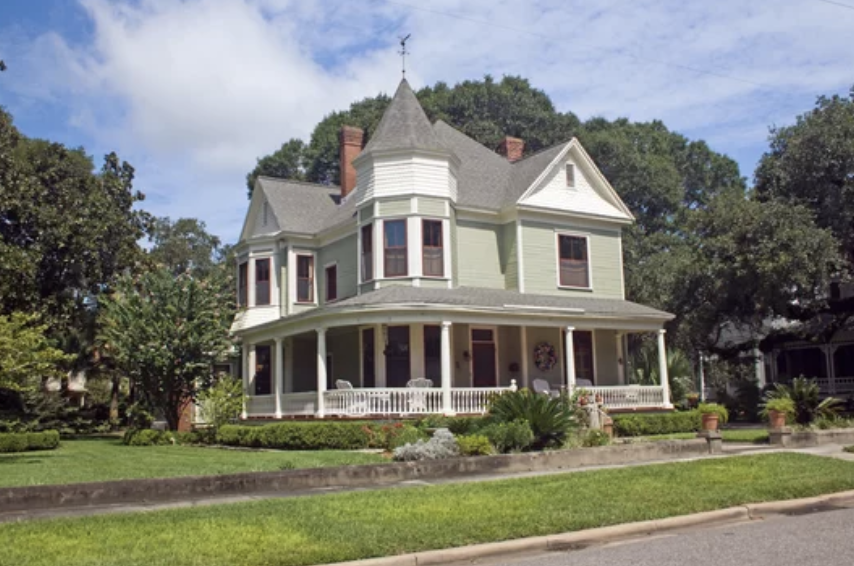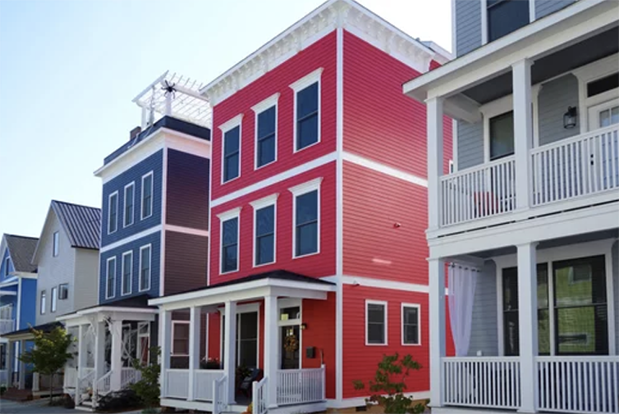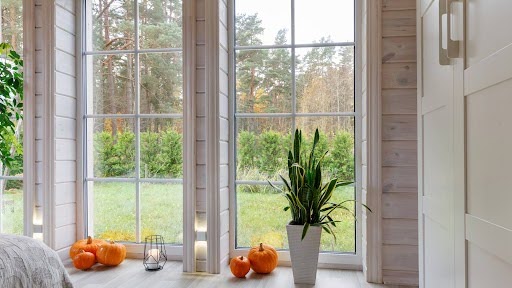Preserving the architectural heritage of the Raleigh-Durham area is a noble endeavor, and one key element often overlooked is the restoration of historic building windows. In this blog post, we'll explore the significance of upgrading windows in historic homes, the advantages of single-hung and double-hung windows, and how Wallaby Windows stands out as a trusted partner in this journey.
1. Understanding the Legacy: Historic Homes in Raleigh-Durham
Raleigh-Durham boasts a rich tapestry of historic homes, each telling a unique story of the region's past. These architectural gems are a testament to the city's evolution, and preserving their authenticity is crucial. Upgrading windows in historic homes not only enhances their aesthetic appeal but also ensures longevity.
2. Single Hung vs. Double Hung: Choosing Timeless Elegance
When considering window replacements, choosing between single-hung and double-hung windows is pivotal. Single-hung windows, with a fixed upper sash and a movable lower sash, exude simplicity and are often chosen for a classic look. On the other hand, double-hung windows offer versatility, with both sashes movable, allowing for increased ventilation and easier cleaning.
3. The Energy Efficiency Revolution: A Necessity for Historic Buildings
Historic homes may have charm, but they often lack the energy efficiency standards of modern constructions. Upgrading windows is a strategic move to bridge this gap. Energy-efficient windows not only reduce utility costs but also contribute to the overall sustainability of the historic building.
4. Wallaby Windows: The Pinnacle of Preservation
In the Raleigh-Durham area, Wallaby Windows stands out as a beacon of excellence in historic window replacements. With a deep understanding of local architecture and a commitment to preserving the city's heritage, Wallaby Windows offers a range of solutions tailored to the unique needs of historic homes.
5. Craftsmanship Beyond Compare: Wallaby's Commitment to Quality
The secret behind Wallaby Windows' success lies in their dedication to craftsmanship. Each window is meticulously crafted to complement the existing architectural style, ensuring a seamless blend of modern efficiency and historic charm.
Historic homes showcase a diverse array of window styles that reflect the architectural trends prevalent during their respective time periods. The types of windows found in historic homes vary based on the era of construction and the architectural style. Here are some common types:
-
Sash Windows:
- Single Hung: Characterized by two sashes, where only the bottom sash is movable.
- Double Hung: Features two movable sashes, allowing for both the upper and lower parts of the window to open.
-
Casement Windows:
- Hinged on one side and operated by a crank, casement windows swing open like doors. They were popular in the early 20th century.
-
Bay and Bow Windows:
- Bay Windows: Protrude from the wall and often have three panels – a central fixed window and two flanking operable windows at an angle.
- Bow Windows: Similar to bay windows but with a curved shape, creating a gentle, rounded projection.
-
Gothic Arch Windows:
- Common in Gothic Revival architecture, these windows have pointed arches at the top, adding a distinctive and elegant touch.
-
Palladian Windows:
- Named after Andrea Palladio, these windows feature a central arched window flanked by two smaller rectangular windows. Often seen in Georgian and Neoclassical styles.
-
Transom Windows:
- Typically small and positioned above doors or other windows, transom windows were prevalent in the 19th century. They allowed additional light into interior spaces.
-
Oriel Windows:
- Protruding from an upper story, oriel windows are supported by brackets or corbels. They add architectural interest and are common in Tudor and Gothic styles.
-
Colonial Revival Windows:
- Symmetrical and balanced, these windows reflect the influence of early American architecture. Multi-paned sashes are a typical feature.
-
Victorian Stained Glass Windows:
- Popular during the Victorian era, stained glass windows often featured intricate designs and vibrant colors. They were used in various window types, adding a touch of opulence.
-
Jalousie Windows:
- Consisting of parallel slats of glass, jalousie windows were popular in the mid-20th century for their ability to provide ventilation while offering some degree of privacy.
The specific types of windows in historic homes depend on the architectural style and the era in which the home was built. Preservation efforts often involve maintaining or replicating the original window styles to uphold the historical integrity of the property.
Raleigh-Durham's Window Upgrade Revolution
To understand the unique challenges and opportunities in the Raleigh-Durham area. Home to a diverse range of historic homes, the region demands a specialized approach to window replacements. Wallaby Windows, with its local expertise, emerges as the go-to choice for preserving the soul of Raleigh-Durham's architecture.
7. Window Replacement: A Wise Investment for Historic Homeowners
Investing in window replacements for historic homes isn't just a matter of aesthetics; it's a wise financial decision. Upgraded windows increase property value, attract potential buyers, and, most importantly, ensure the longevity of the historic structure.
8. The Seamless Transition: Modern Conveniences in Historic Settings
One common concern when upgrading historic building windows is the fear of compromising the original aesthetic. Wallaby Windows, however, specializes in creating a seamless transition. Modern conveniences blend effortlessly with historic settings, offering the best of both worlds.
9. Beyond Aesthetics: The Practical Benefits of Window Replacements
While the aesthetic transformation is undoubtedly appealing, the practical benefits of window replacements should not be overlooked. Reduced energy bills, improved insulation, and enhanced security are tangible advantages that make the investment in Wallaby Windows a wise choice for historic homeowners.
10. Future-Proofing Raleigh-Durham's Heritage:
In concluding our exploration, it's clear that upgrading historic building windows is not merely a renovation; it's a commitment to preserving the essence of Raleigh-Durham's architectural heritage. With its expertise and dedication, Wallaby Windows is leading the way in ensuring that these historic treasures stand strong for generations to come.
In the heart of the Raleigh-Durham area, where history meets modernity, Wallaby Windows is the trusted partner for those looking to upgrade their historic building windows. Discover the perfect balance between preserving the charm and embracing efficiency with Wallaby Windows.



